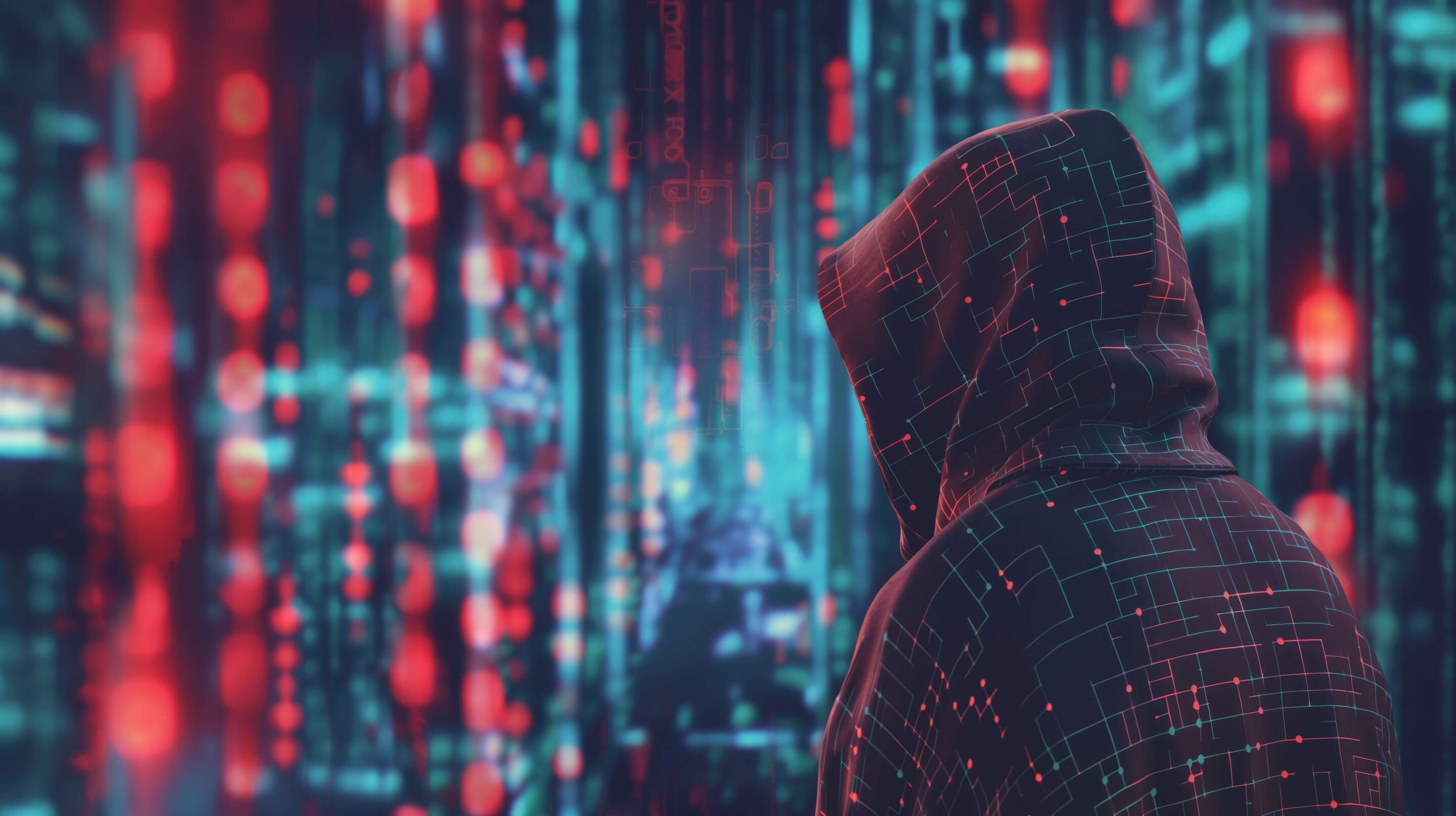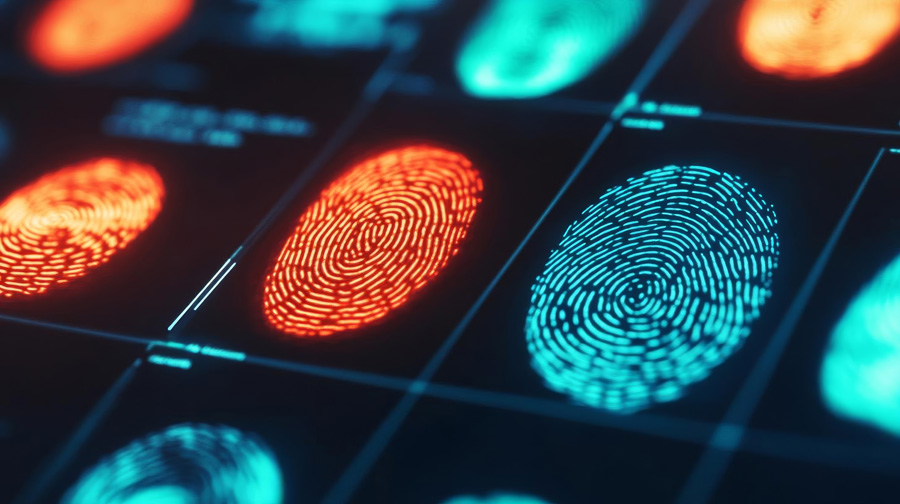News
Not All Face Recognition Is Created Equal

Why most face recognition fails in the wild. And what it takes to get it right.
Face...
 News
05 Jun 2025
News
05 Jun 2025
A Decade of Vision, Built for the Future of Identity

Reflections on 10 years of ROC by Dr. Brendan Klare, Chief Scientist and Co-Founder.
For...
 News
28 May 2025
News
28 May 2025
Tech That Fights Back: How Our Partnership with DeliverFund Helps Combat Human Trafficking

At ROC, we believe technology should be a force multiplier for good. That belief is at the core of...
 News
13 May 2025
News
13 May 2025
Next-Gen Liveness Detection for Deepfake and Injection Attacks

sup{bottom:.4em;font-size: 0.7em;}
ROC Debuts Liveness Technology for Camera Injection Attack...
 News
30 Apr 2025
News
30 Apr 2025
A Commitment to Biometric Testing, Standards, and Operational Excellence

Testing that Builds Trust
At ROC, our consistent top-tier performance in the National Institute...
 News
24 Mar 2025
News
24 Mar 2025
ROC Demonstrates Breakthrough Improvements in Fingerprint Recognition

Vision AI Company Achieves Up to 35% Accuracy Improvements for High-Speed and Precision Matching
...